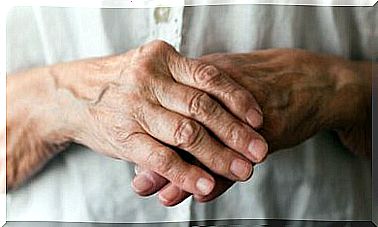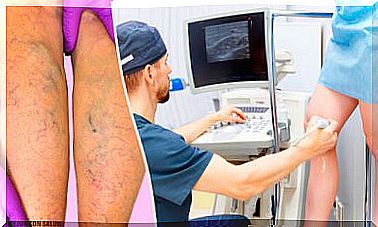Knee Varus: Causes And Available Treatments
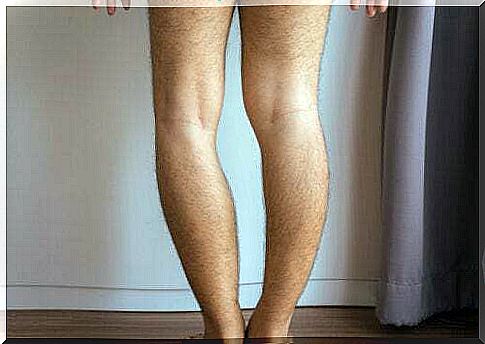
Knee varus, or arched legs, is a condition in which the natural or anatomical alignment of the knees is uneven. Children who suffer from it show exaggerated curvature that separates the knees and brings the ankles and feet closer.
The technical name is genu varum . It comes from the Latin genu which means “knee” and varum which means “which moves away from the midline of the body”.
Knee varus is normal in babies up to one and a half years of age. The knees begin to straighten from 12 months or when they start walking. If your legs do not straighten between the ages of 2 and 3 or if they arch more, you will need to see a pediatrician. Here’s how to recognize the varus knee.
Are there any other symptoms?
Bow-legged babies sometimes walk with their toes pointing inward. This is called convergent gait and can lead to serious accidents.
This problem usually clears up without complications as children get older. However, if knee varus also occurs during adolescence, it can cause pain in the ankles, knees, and hips.
Main Causes of Knee Varus
Babies are born with their legs bent due to the position they had during their development in the womb. Some of the bones morphed slightly as they grew in the womb to fit in such a small space.
This curvature is called the physiological bowleg . It is considered a normal feature of growth and the natural development process.
However, in some children, knee varus can also be caused by fractures that have not healed properly.
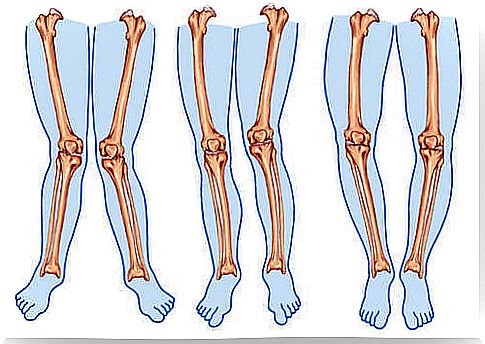
How is it diagnosed?
To determine if a child has arched legs, the doctor will look at all of the above. However, tests are usually not done if you are under 2 years of age. As part of the physical exam, the following steps are followed:
- Measure the distance between the knees with the baby lying on his back.
- Observe the baby’s gait to determine possible abnormalities.
- If there is no discomfort and the legs are bent almost symmetrically, the doctor will recommend simple observation. This is for parents to follow the child’s development and see if the arc improves over time.
Only in some cases is it necessary for an orthopedist to visit the child. The practitioner will determine whether:
- The legs are not straightening naturally.
- The arch is asymmetrical (each leg has a different degree of arch).
- There are additional symptoms such as weakness, pain, or difficulty walking and running.
If so, your doctor will prescribe an x-ray if Blount’s disease is suspected. In this disorder the tibia turns inward. It is a growth disorder of unknown cause that can get worse over time.
Another cause of varus knee is rickets. Children suffering from this disorder usually show a vitamin D deficiency. To identify this, the orthopedist will order blood tests right away.
What is the treatment?
If the doctor has determined that the arching is physiological, they will not indicate any type of treatment. The legs will correct themselves as the baby grows. To check that they are straightening, a visit to the doctor is recommended every 6 months.
There are two approaches to correcting the varus knee. The first involves the use of orthotics and the other surgery.
Non-surgical treatment of the varus knee
Some children may need orthotics or splints to correct the varus knee. This is reserved for little ones with a severe bow or who have Blount’s disease.
Patients suffering from rickets will need to take vitamin D and calcium, including in the form of supplements. It is also advisable to have them exposed to sunlight.
Surgical treatment
The orthopedist can determine if the degree of arching requires surgery. If it is a case of Blount’s disease, it is more likely to require a surgical approach.
This operation can be done from an early age. In special cases it can be done once the growth has stopped. This decision will depend on the gravity of the situation and the benefits that can be obtained.
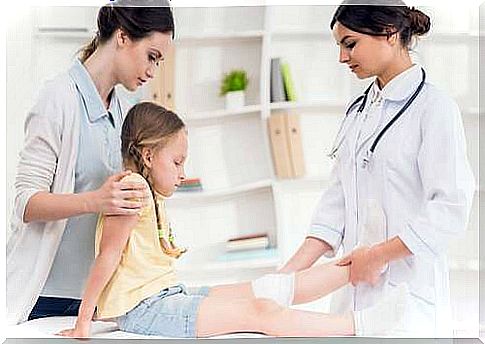
Recovery and prognosis
Since it can be part of development, there are no preventative measures for knee varus. As explained above, in many children it is only a stage of growth.
One of the causes is that rickets can be prevented. To avoid this, it is sufficient for children to play outdoors exposed to sunlight with the appropriate protections.
When it comes to physiological bowlegs , the prognosis is good. In most cases it will correct itself and there will be no problems walking.
When leg arching is severe and left untreated, it can lead to osteoarthritis in the knees or hips as an adult.
The varus knee is not always pathological
Bow-legged children won’t have to make major changes in their activities. They can walk, run and play normally. They can be as active as their peers.
Just be aware of their bone growth and development. However, it is recommended that you consult your pediatrician if you notice that your legs do not straighten naturally or if additional discomfort appears.


